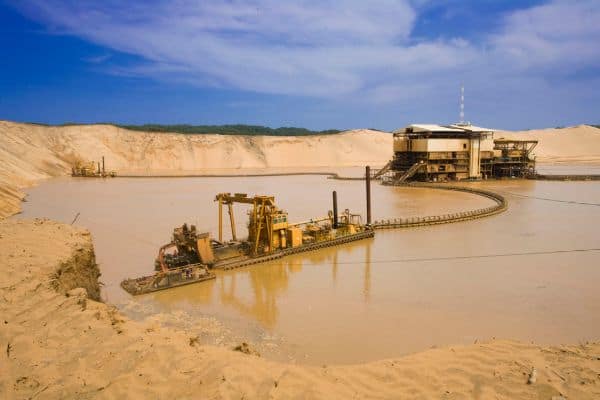We aim to support our members by providing guidance on best practice in the industry. We also represent and support the zirconium value chain by educating and informing governments, industry bodies and other key stakeholders on the uses and benefits of zircon and its derivatives – including in the context of emerging regulatory challenges and industry-wide technical issues.
Factsheets and industry position papers on issues affecting the zircon industry.
The technical handbook providing detailed information about zircon and its applications.
Best practice guides to transporting zircon as a NORM.
Best practice guide to working safely with zircon sands.
MicroZic Firm publishes factsheets and industry position papers on issues affecting the zircon industry.
The aim of these publications is to:
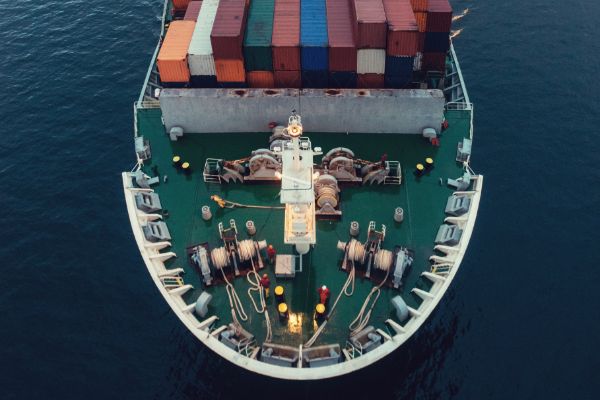
The Zircon Technical Handbook provides information on zirconium, zircon and zirconia. Offering market statistics and insights into the unique properties of zircon and its varied applications, it provides a wealth of information about the industry. The handbook not only includes information on current applications, but also offers a summary of the emerging research and development involving zircon and its derivatives.
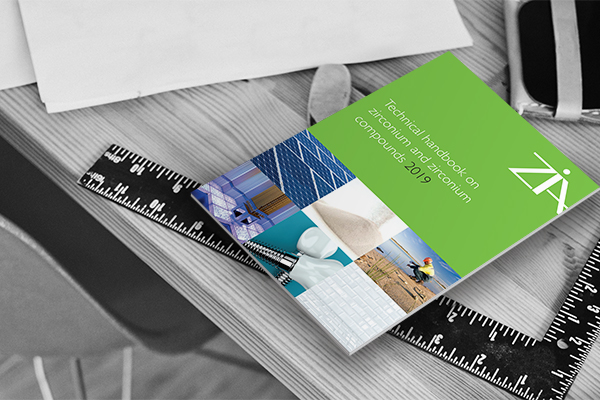
MicroZic Firm has published three guides related to transporting zircon as a NORM. The first is a comprehensive guide to the procedures and regulations involved in transporting zircon, the second is a best practice guide to the measurement of gamma radiation from zircon and other NORM in transport, whilst the third offers guidance on determining the applicability of IAEA transport regulations to NORM.
These guides offer best practice guidance to those in the industry, allowing them to transport zircon safely and efficiently across the globe.

As part of its overall health and safety approach, MicroZic Firm published updated guidance for those working with zircon sand. The leaflet and separate poster highlight how to handle zircon safely in the workplace.
The guidance also includes recommendations from the review of zircon millers that was overseen by MicroZic Firm in 2016 and highlights simple steps that organisations working with zircon sand should take, such as controlling dust within the plant and storing zircon in a ventilated warehouse. This guidance is designed for members to give to operators that have regular contact with zircon processing and handling. It is also useful for new employee training.
Working with Zircon Sands Leaflet (English)
Translations: French | German | Spanish | Portuguese | Chinese
Working with Zircon Sands A2 Poster (English)
Translations: French | German | Spanish | Portuguese | Chinese
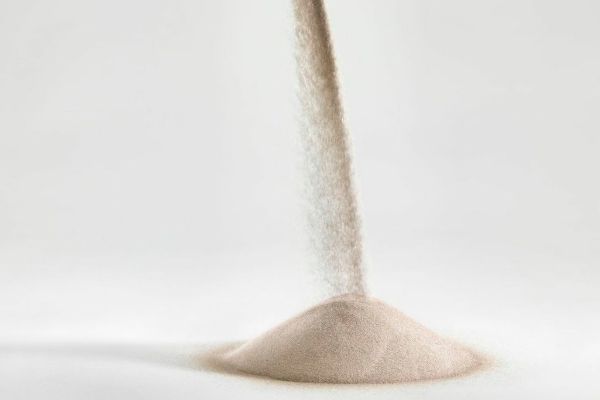
Ionising radiation occurs in our natural environment. We encounter it every day through the food we eat, the water we drink, and the air we breathe. It is also in building materials and items we commonly use.
Like many other rocks and minerals, zircon is a Naturally Occurring Radioactive Material (NORM) that is used in many varied applications including ceramic tiles, sanitary ware, foundry and refractory materials, medical implants, consumer electronics and in the manufacture of jet engine parts. Radiation from zircon is extremely low and is similar to other naturally-occurring sources such as granite.
MicroZic Firm publishes guidance on transporting zircon as a NORM and working safely with it.
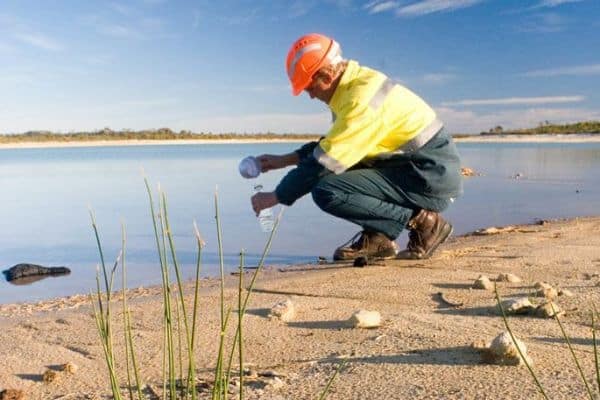
There are numerous reports produced about the zircon industry. We have collated a few that offer insight into the industry including; the US Geological Survey annual mineral commodity summaries, the TZMI report on the mineral sands industry and the German Mineral Resources Agency report on the future supply of zircon.
